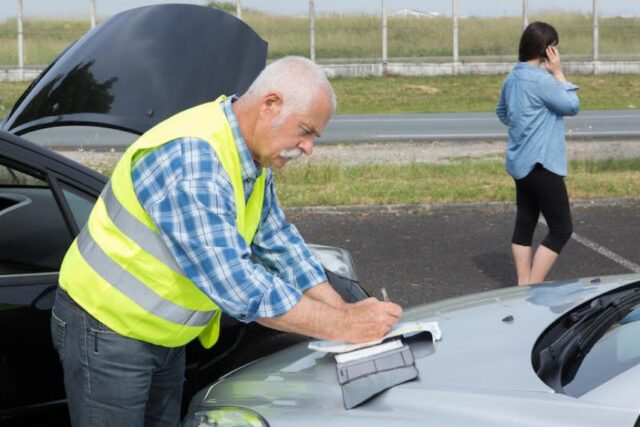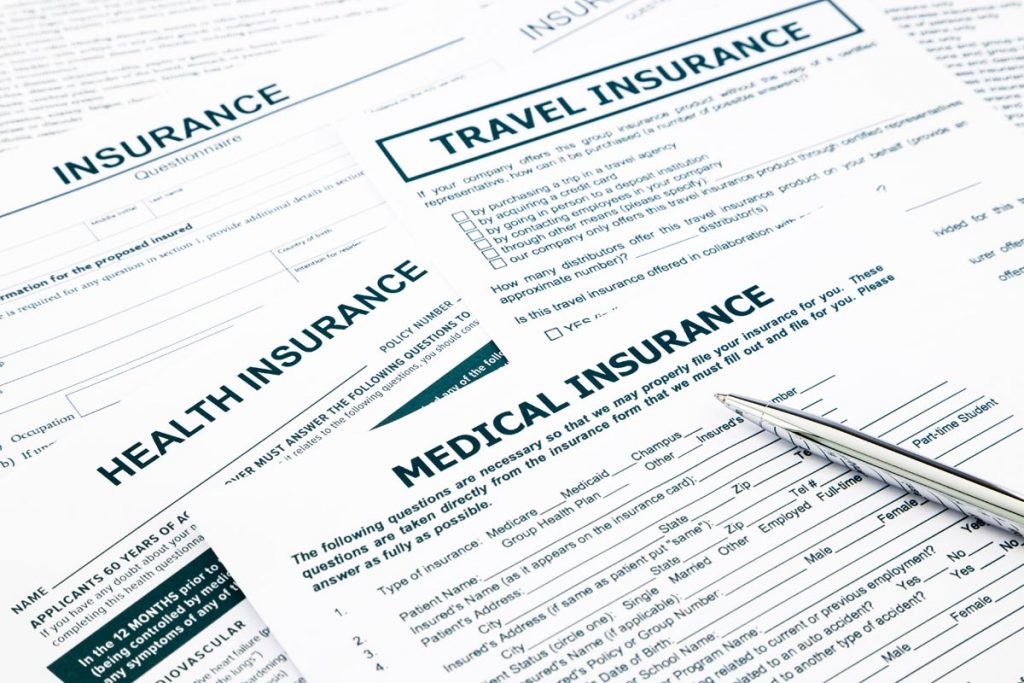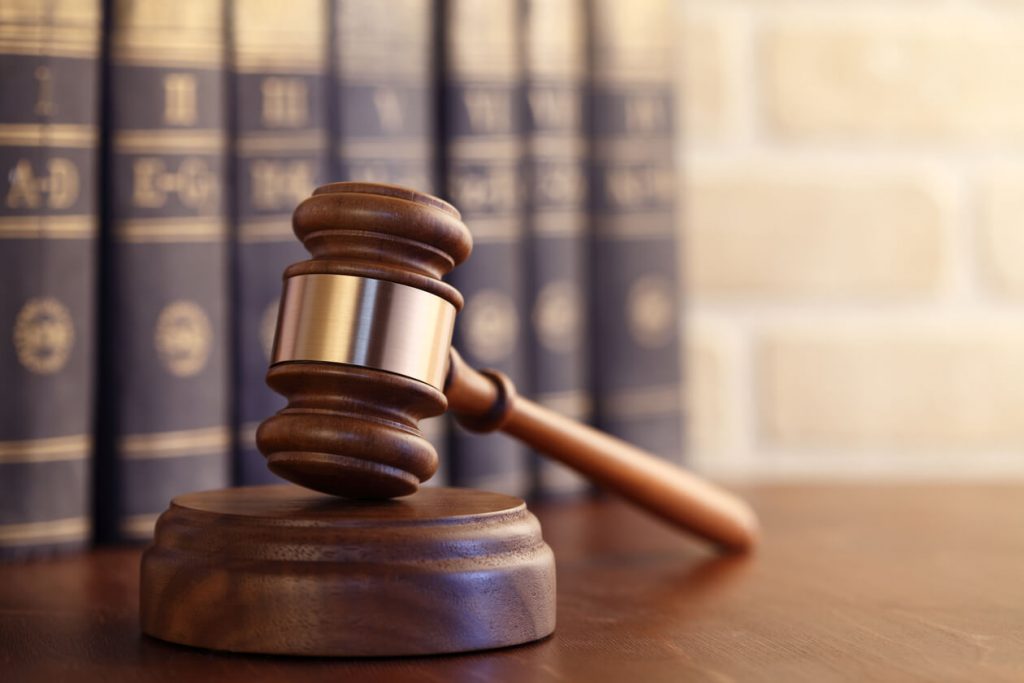
What is worse than being involved in a serious car crash that injures someone else? Winding up in court after being sued by the other driver. Finding yourself embroiled in personal injury litigation is almost always due to the fact that insurance companies and attorneys could not reach some sort of compromise. As such, a court is generally not a good place for defendants.
Attorneys at the VG Law Group, a South Florida personal injury firm, explain that courts are tasked with the responsibility of deciding who is at fault when adjudicating car accident cases. The point of determining fault is to figure out which insurance company should pay and how much should be paid.
In the end, courts are looking at two things: liability and negligence. They weigh a variety of factors with the intention of determining if one or all involved drivers are at fault. They rely on numerous sources of information, including insurance companies and police reports.
Police Report Data

A South Florida personal injury attorney from the VG Law Group would immediately ask for a copy of the police report upon being retained by a client. Why? Because the police report contains all of the details of the accident in question. Police reports contain information gleaned through witness interviews, statements from the affected drivers, and observations of the accident scene.
In some states, police are allowed to conclude in their reports who was at fault. However, this does not guarantee that a court would reach the same conclusion. Any statements of fault made by police officers are considered by the courts but not relied on solely as a means of adjudication.
Of course, there are other states in which police officers are not allowed to assign fault. The details in their reports are still valuable to courts, nonetheless.
Insurance Company Investigations

Long before a car crash case gets to court, insurance companies have completed their own investigations. Insurance adjusters conduct standard witness interviews, look at police reports, view accident scene pictures, and so forth. Their job is to understand how their individual clients contributed to the accident in question.
It is also the insurance adjuster’s job to protect the interests of the insurance company. Therefore, a typical adjuster will leave no stone unturned. Courts know this, which is why insurance adjuster information is so important to them. Insurance adjusters can give courts information that police officers did not uncover during their on-scene investigations.
Mitigating Circumstances

Finally, courts look beyond police and insurance adjuster reports to consider mitigating circumstances. For example, a court would want to know if weather conditions played a role in the accident. A court would look at other mitigating factors including traffic patterns, other drivers in the general vicinity, the mechanical condition of the cars involved in the accident, and even individual driver history.
What courts are really after here is a better understanding of negligence. In a legal sense, negligence is the failure to take reasonable caution based on circumstances. Driving too fast for weather conditions is an example of behavior a court would consider negligent. Other negligent behaviors include texting while driving, driving while impaired, aggressive driving, and the like.
Once all of the evidence has been weighed by the court, a decision is rendered. It is rare for courts to decide that a single driver is 100% at fault. At any rate, the court’s determination of fault dictates how financial costs are paid. The more fault assigned to either the plaintiff or defendant, the more that person’s insurance company will pay.









